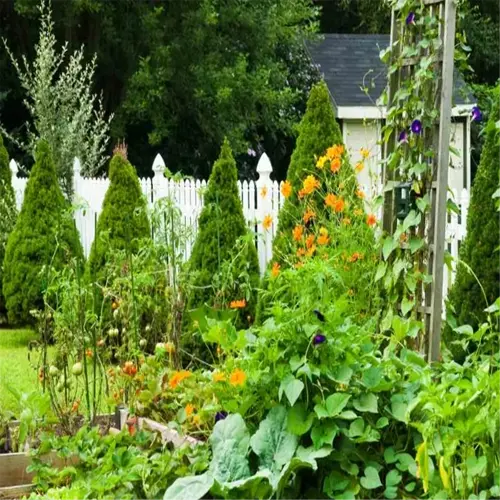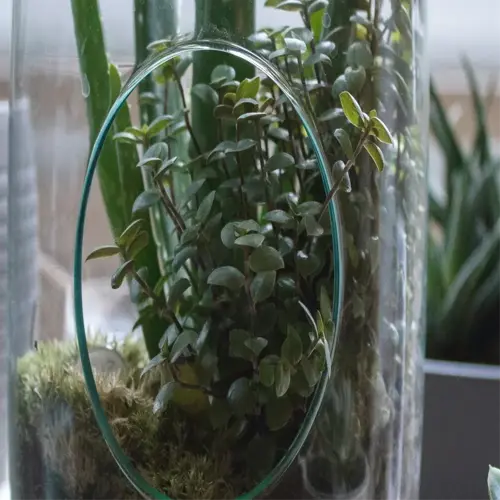What tools help prevent accidental overwatering?

Written by
Paul Reynolds
Reviewed by
Prof. Charles Hartman, Ph.D.To stop accidental overwatering for an indoor garden, you will want to rely upon precision tools that eliminate the guessing aspect. While longer gardening experience can help, even beginner gardeners benefit from workflow devices that measure soil moisture and humidity. Simply having the devices present is like always checking in for you as an early warning system to prevent root rot and fungal diseases on your plants.
Moisture Monitoring
- Digital moisture meters probe soil at root level
- Analog models work without batteries
- Hygrometers track ambient humidity changes
- Smart sensors send phone alerts
Container Choices
- Terracotta pots wick excess moisture
- Self-watering pots with overflow reservoirs
- Fabric grow bags improve aeration
- Elevated pot feet enhance drainage
Watering Tools
- Measured cans with ounce markings
- Long-spout designs target soil directly
- Automated drip systems with timers
- Plant care apps with watering schedules
Not long ago, I restored the client's orchid collection through the use of inexpensive terracotta pots and a moisture monitor ($15). The clay pots are porous enough to allow excess moisture to evaporate without constantly standing in water. The moisture meter confirmed that the client's misting regime caused the roots to remain too wet. I made a few minor alterations, and the orchids bloomed in eight weeks.
Be sure to keep tools for accuracy. Moisture meters need to be calibrated against the finger test monthly. Clean terracotta pots using vinegar to clean mineral deposits that can block the pots' pores. Updated algorithms in the app should reflect the season/amount of water needed seasonally; for example, plants require 50% less water in winter dormancy periods.
Read the full article: 7 Key Signs of Overwatering Plants to Spot Early

